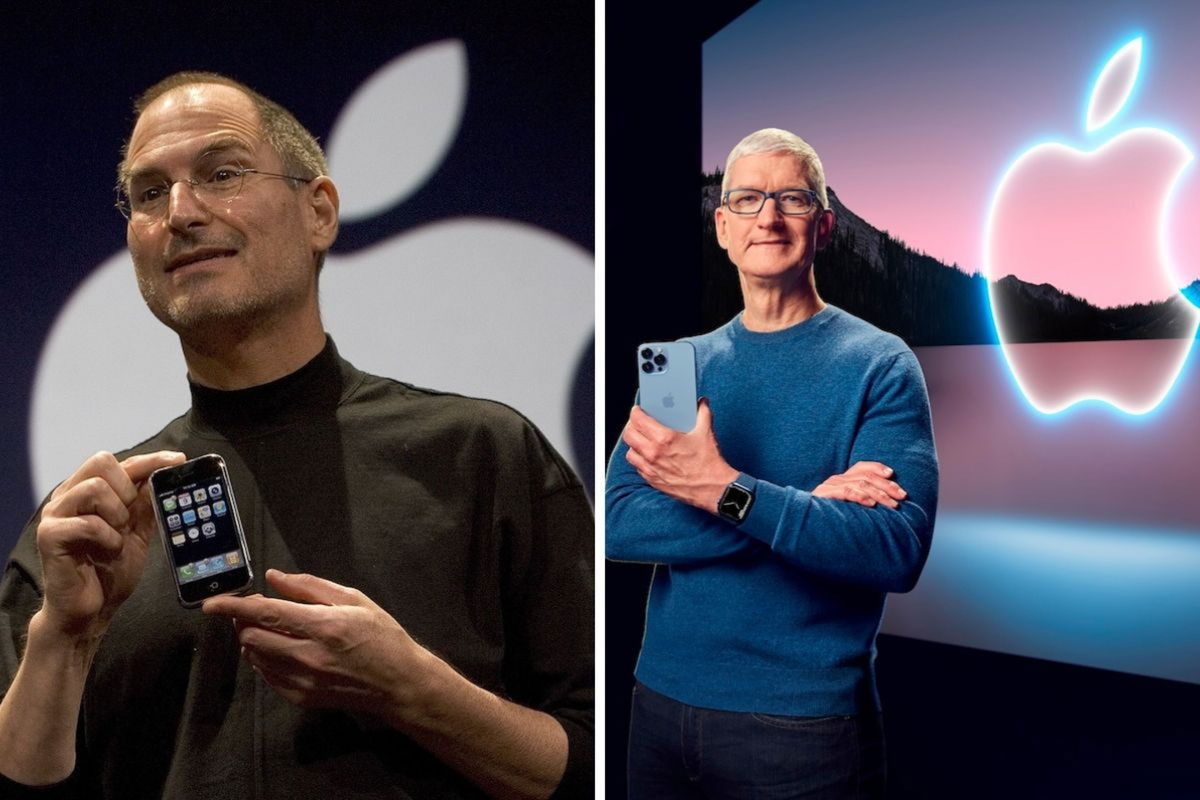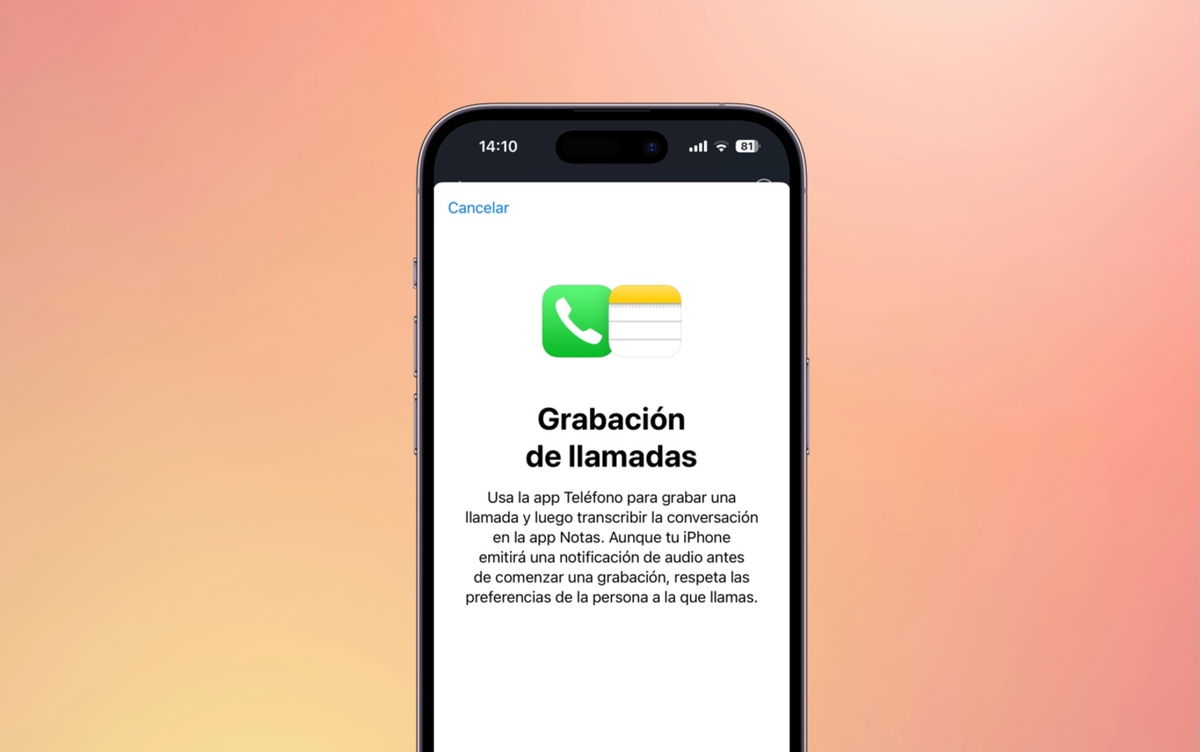The history of the iPhone is impressive, however, how did it go from idea to final manufacturing? Here we will review the entire cycle, including design tests, prototypes, and curiosities.

Have you ever thought about what product design and engineering is like at Apple? In their presentations it is normal that they can demonstrate certain concepts, but what is not mentioned is how they achieved this. Every Apple product goes through several stages of developmentany physical product or object is technological or has no origin. In these steps different criteria are tested durability, resistance to certain elements such as water, viability of both the design and implementation of the components, etc. Through various articles from AppleInsider and The Verge, we will explore the long journey of an Apple product like the iPhone..
Before the prototype come the ideas on the design of the iPhone
The origin is very important, The success of a technology product may depend on it in Apple’s case. There is currently talk of prototypes of future foldable iPhones and iPads, but before that, Apple has already discussed the yet-to-be-disclosed design idea.
For iPhone and other products, it is necessary to create the product design which has incredible variations. A large number are created to illustrate what this would look like physically. No hardware components are included, this is a conceptual reference only. from a design point of view. For example, The original iPhone had a polycarbonate case and finally, they were built from aluminum and glass.

The first step towards the prototype, the idea and the main design of the iPhone
When it comes to Apple and almost every tech company, it’s very difficult to see this type of design because it’s a trade secret.. One of the few times the inside of a product’s ideas was revealed was in 2012, due to the legal dispute against Samsung.
Pre-prototype testing and iPhone in its first attempt at functionality
Once the idea phase and final design are complete, iPhone Design Documentation, CAD Files are sentwhich contain all the specifications and measurements so that the factories can make them.

iPhone SE 4 CAD Files Images
During this stage, it is very likely that other types of modifications will be made to the assembly and supports.. This is because they have to ensure all iPhone components are included for production and assembly. After completing the initial design and confirming the corresponding modifications, There are areas equipped with cameras and robots where drop tests are carried out.. Before that, a Test with plastic plates with product measurements to see that everything is properly monitored.
The device “Drop1”, the name given to the initial test, has the Basic components consisting of the housing and the glass back plate. During the drop phase, devices of different colors can be seen if a new color or material has been added (as in the case of the iPhone 15 Pro’s titanium) to test durability. The components that go inside the devices are spare parts, so they do not yet include final assembly.
iPhones must pass various specific height and angle tests which are analyzed in conclusion. I also know immersed in liquids and if dropped, the iPhone goes into a plastic tube that has trouble landing with metal objects. The process has been widely documented since defects, problems with the case are reported or tests are simply reported as passed. If necessary, the “Drop” devices can be numbered consecutively in case changes are made and the above tests are restarted.
At the end, this is when we talk about the development of Proto. This is where you see the First preview version of iPhone with working parts and all the components that will be assembled for mass production. Changes continue to appear even at this stage because they may present differences with what is seen in the final product. Typically you have two units, “Proto1” and “Proto2”, running a temporary iOS called NonUI.. It is not a formal operating system as it only runs hardware tests and is tested by engineers in that field.
The first prototype of the iPhone
Do you know how the iPhone was secretly named within Apple? “M68” and “Violet 2”these may sound like special agent names but no, they were the code names for the first iPhone. According to The Verge, The engineers of the time did not even know the final appearance. of this device.
With curiosity, In the years leading up to the final launch, Apple created prototype motherboards containing the parts needed to make the iPhone work.

The first prototype of the original iPhone
Some of the connectors included were serial to test iPod accessories, remember the 30-pin connector existed before the iPhone. Two MiniUSB connectors for engineers to access the iPhone interface and perform the coding without having to activate the screen. As a final curious fact about this prototype, Apple’s application processor used Samsung memory with a 620 MHz ARM which served to bring the iPhone to life with the first operating system.
Final validations before mass production
It’s time to enter the final stages before iPhone production. At this point, it is time to validate the iPhone from a technical perspective of engineering, design and production.

iPhone 6 prototype put to the test
Technical validation
This is where the emphasis is placed. perfection in hardware and components it will be part of the iPhone. And if that wasn’t enough, more steps are developed to reach the final goal. The ace technical validation tests (EVT) could have consecutively numbered sub-steps in case there are further changes in iPhone development.
We could say that it is the Latest update on the future of the iPhone. If there is a big problem before mass productionyou can go back to technical validation for resume the tests carried out at this stage and correct these problems.
To illustrate this point, there is the case of the iPhone 15 Pro which had buttons very different from those known today. These were haptic buttons like the iPhone with Touch ID since the iPhone 7. At the end of the stage, the material that was not necessary for mass production is thrown away.

iPhone 15 Pro haptic button
Design Validation
This is the intermediate stage of validations, design validation tests (DVT for its acronym in English). At this point Check that the iPhone has fully functional hardware and impeccable design nor problems in its structure.
As in technical validation, design validation has sub-steps and is a longer process. Something very important in design validation is the sending devices to regulatory authorities which in turn They will approve all regulations and laws corresponding to the electronic device. Out of curiosity, Global telephone operators and network providers receive units which are used to check compatibility with cellular networks.
NonUI system moves to a higher level called CarrierOSallows you to navigate a defined iOS user interface but with test applications to check their operation at the mobile network level and its derivatives.
Production validation
This is when the iPhone is about to be sent into mass production, although it still runs NonUI inside. At this stage, the art of manufacturing must be checked and perfected.The iPhone should be perfectly capable of being mass produced.
Other changes related to new colors could occur (as in the case of the new iPhone color in the spring). Once the production validation stage is complete, the iPhone is almost ready to see the light of day.
Mass production, the new iPhone is ready

Foxconn employees on a production line.
Prototypes will cease to be prototypes in this final stage.. All iPhone factories will begin mass production with subsequent hardware testing before shipping for retail.
NonUI takes on greater relevance as employees are required to interact with these iPhones. They need to perform quality assurance testing before installing the final version of iOS. Out of curiosity, There is no perfect iPhone as many of them have hardware failures or defects that are no longer repairable.. These end up being recycled in order to reintegrate the initial manufacturing process.
Since 2007, the original iPhone has varied incredibly in shape and size.. We never imagined the magnitude of the consequences of its launch. Where the mobile phone was once the ideal device for communicating by voice and text, it is now a smart mobile phone with extraordinary capabilities. Have you thought about how the iPhone has changed your idea of a mobile phone since you got your first one in your life?. If you want to know more about other Apple prototypes, here are 5 prototypes Apple didn’t want you to see.
You can follow iPadized on Facebook, WhatsApp, Twitter (X) or check out our Telegram channel to stay up to date with the latest tech news.
Table of Contents








